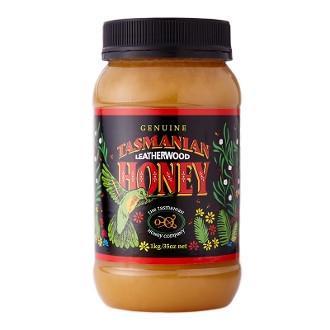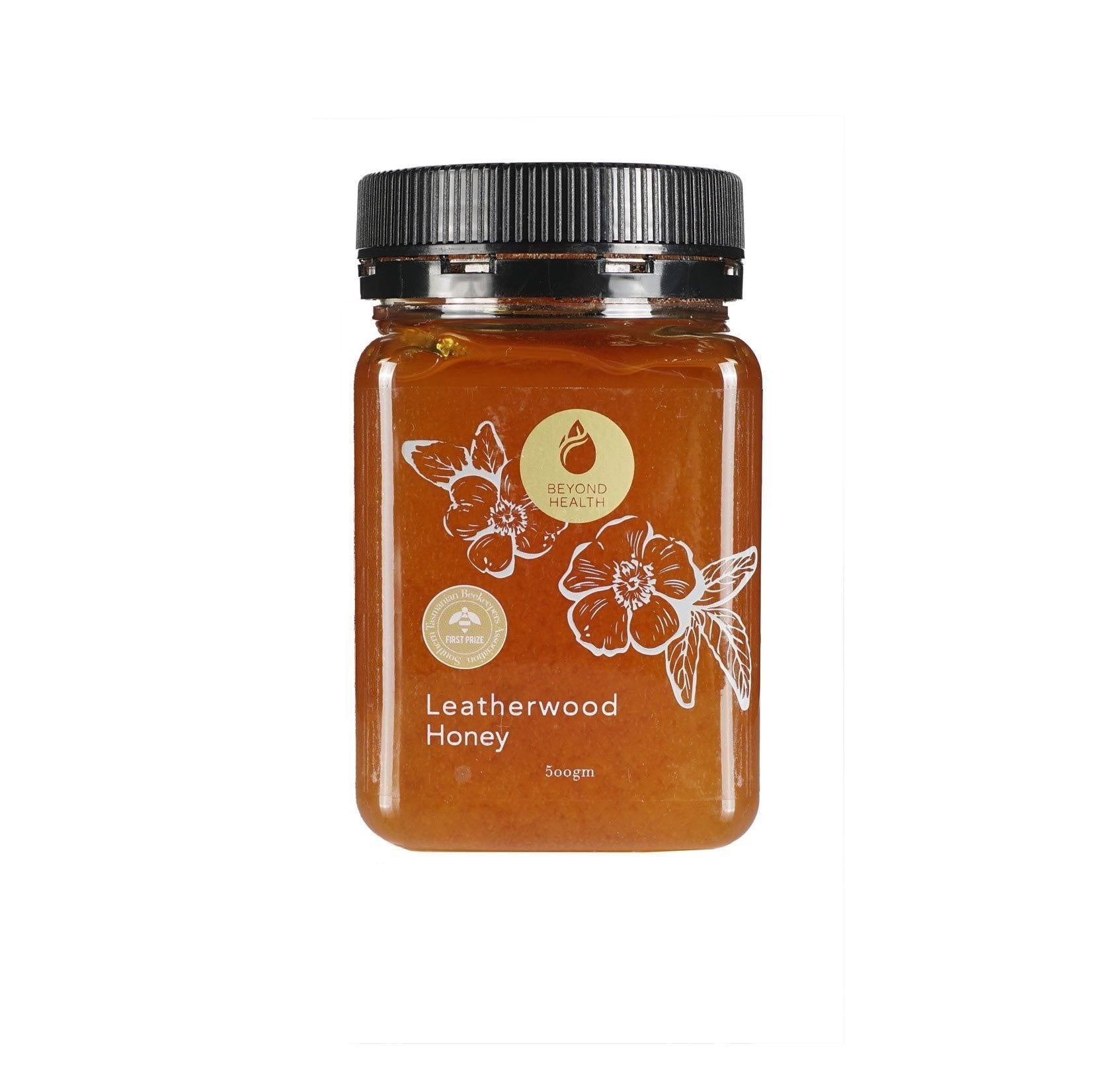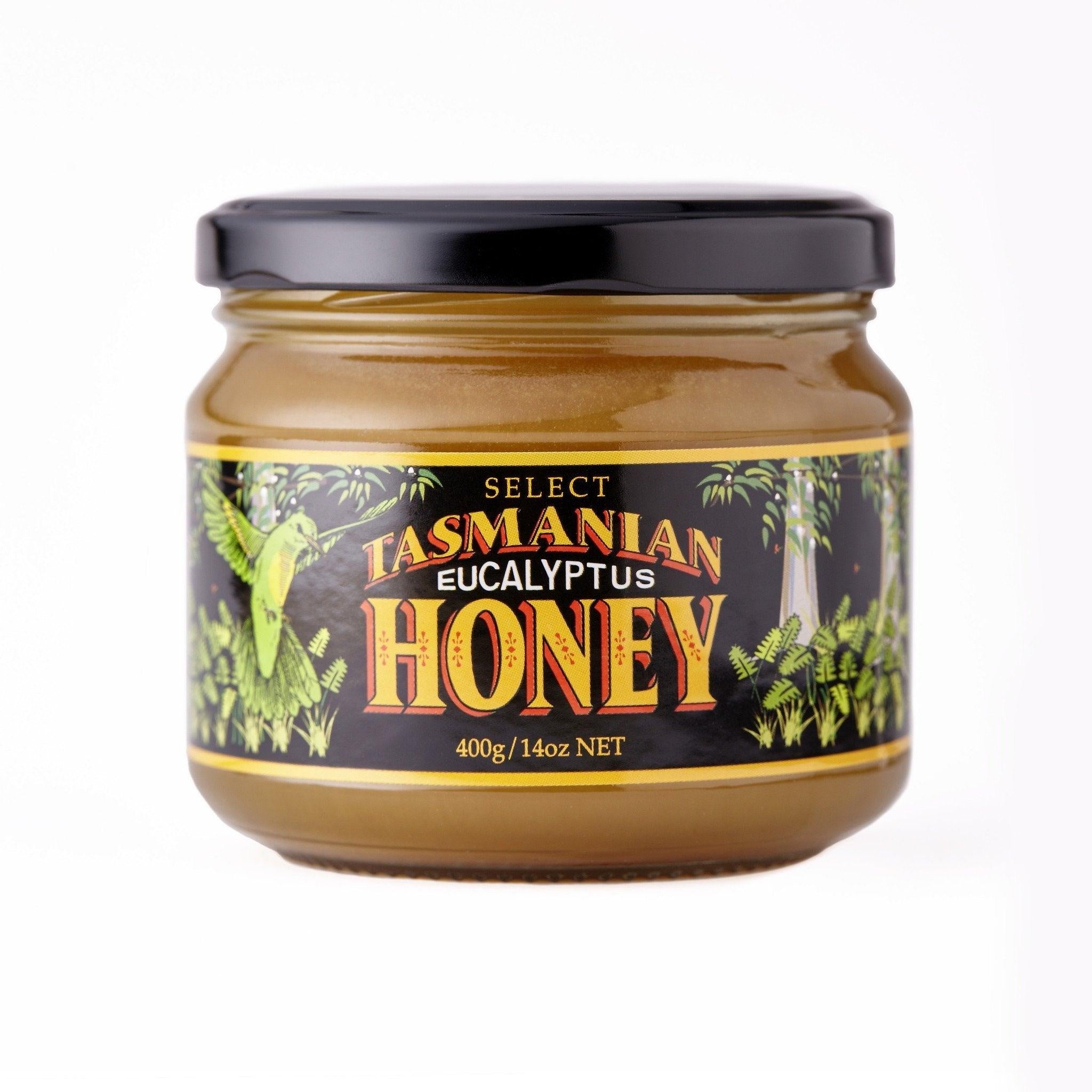Your shopping bag is empty
How to Increase Hemoglobin
- Posted by: Enquiry Admin
- Comments: 0
- Categories: Health
Boosting Hemoglobin Levels: Effective Strategies for Increasing Hemoglobin
Introduction
Hemoglobin is an essential protein found in red blood cells that carries oxygen throughout the body. In fact, adequate hemoglobin levels are crucial for maintaining optimal health and ensuring the proper functioning of various bodily systems. Also, low hemoglobin levels can lead to symptoms like fatigue, weakness, and shortness of breath. If you are looking for ways to increase your hemoglobin levels naturally, this article will provide you with valuable insights and practical strategies. Indeed, by focusing on nutrition, whole foods, and proper hydration, you can support your body's ability to produce and maintain healthy hemoglobin levels.
Understanding Hemoglobin and its Importance
Hemoglobin plays a vital role in oxygen transportation from the lungs to tissues and organs. Because it binds to oxygen in the lungs and releases it as needed throughout the body. Hemoglobin levels can be influenced by various factors, including diet, underlying health conditions, and lifestyle choices. So, if your hemoglobin levels are low, it is important to identify the underlying cause and take steps to address it.
Nutrition and Hemoglobin Levels
Proper nutrition is key to increasing and maintaining healthy hemoglobin levels. Including foods rich in iron, vitamins, and minerals in your diet can help boost hemoglobin production. So here are some essential nutrients and their food sources that can support healthy hemoglobin levels:
Iron: Iron is crucial for hemoglobin production. Incorporate iron-rich foods into your diet, such as lean meats, poultry, fish, legumes, nuts, seeds, and leafy green vegetables like spinach and kale.
Vitamin C: Vitamin C enhances iron absorption. Hence, include citrus fruits, berries, kiwi, bell peppers, and tomatoes in your meals. Because they can help increase your intake of this essential vitamin.
Vitamin B12 and Folate: These vitamins are involved in red blood cell production. Sources include animal products like meat, fish, dairy, eggs, and fortified cereals for vitamin B12. On the other hand, folate can be found in leafy green vegetables, beans, lentils, and fortified grains.
Copper: Copper is necessary for iron absorption and utilization. Include foods like shellfish, organ meats, seeds, nuts, and whole grains in your diet. Because by taking them, you can help to ensure an adequate intake of copper.
Proper Hydration to Increase Hemoglobin Levels
Hydration plays a crucial role in maintaining healthy and increasing hemoglobin levels. Water helps carry nutrients, including iron, to the cells and supports the overall function of the body. So, aim to drink an adequate amount of water throughout the day, and consider incorporating hydrating foods like fruits and vegetables into your diet. Indeed, staying well-hydrated ensures optimal blood flow and can help prevent the thickening of blood, which may affect hemoglobin levels.
Lifestyle Factors to Increase Hemoglobin Levels
In addition to nutrition and hydration, certain lifestyle factors can also impact hemoglobin levels. Here are a few key considerations:
Avoid Smoking and Alcohol:
Smoking and excessive alcohol consumption can negatively affect hemoglobin levels. Quitting smoking and moderating alcohol intake can support overall health, including increasing hemoglobin production.
Regular Exercise to Increase Hemoglobin:
Engaging in regular physical activity promotes healthy blood circulation and oxygenation. Incorporate moderate exercise, such as brisk walking or cycling, into your routine to support hemoglobin production and overall well-being.
Manage Stress:
Prolonged stress can affect the body's ability to produce healthy hemoglobin levels. Hence, explore stress management techniques like meditation, deep breathing exercises, and engaging in activities that promote relaxation and mental well-being. Here is a stress management book that can help you in some ways.
Relationship between Blood Oxygen and Hemoglobin
The relationship between blood oxygen and hemoglobin is integral to the respiratory function of the human body. Hemoglobin, a protein found in red blood cells, plays a crucial role in transporting oxygen from the lungs to tissues throughout the body.
When we breathe, oxygen from the air binds to the iron molecules within the hemoglobin, forming oxyhemoglobin. This oxygenated hemoglobin is then carried through the bloodstream to deliver oxygen to cells and tissues. The bond between oxygen and hemoglobin is reversible, allowing the release of oxygen in areas with lower oxygen concentration, such as active tissues in need of oxygen for energy production.
Monitoring blood oxygen levels is essential for assessing respiratory function, as it provides insight into the efficiency of oxygen transport and utilization by hemoglobin, offering valuable information about the overall health and oxygenation status of the body. You can use pulse oximeters such as the one in the following link.
Conclusion on How to Increase Hemoglobin
Maintaining healthy hemoglobin levels is vital for overall health and well-being. By focusing on nutrition, whole foods, proper hydration, and adopting a healthy lifestyle, you can support your body's ability to increase and maintain optimal hemoglobin levels. Also, incorporate iron-rich foods, along with sources of essential vitamins and minerals, into your diet. Stay well-hydrated and prioritize a balanced lifestyle that includes regular exercise and stress management techniques. However, remember to consult with a healthcare professional for personalized advice and guidance on managing and increasing your hemoglobin levels.
Sources:
- "Vitamin C and Iron" - National Institutes of Health. Link
- "Vitamin B12" - National Institutes of Health. Link
- "Folate" - National Institutes of Health. Link
- "Copper" - National Institutes of Health. Link
- "Water & Nutrition" - Centers for Disease Control and Prevention. Link
- "Hydration and Health" - American Heart Association. Link
- "Physical Activity and Health" - Centers for Disease Control and Prevention. Link
- "Stress Management" - American Heart Association. Link






